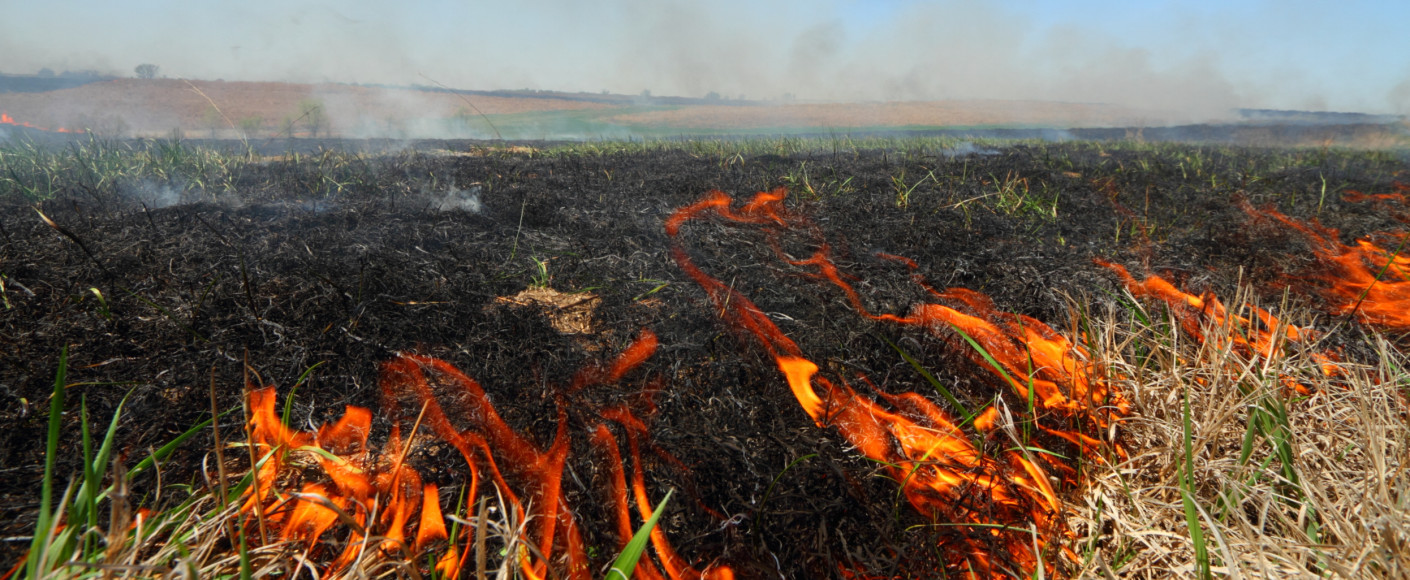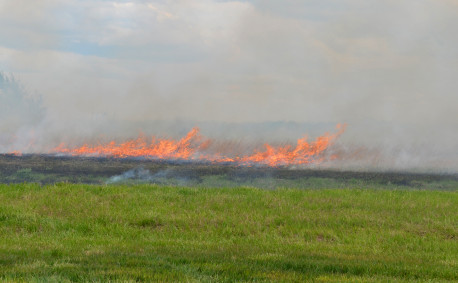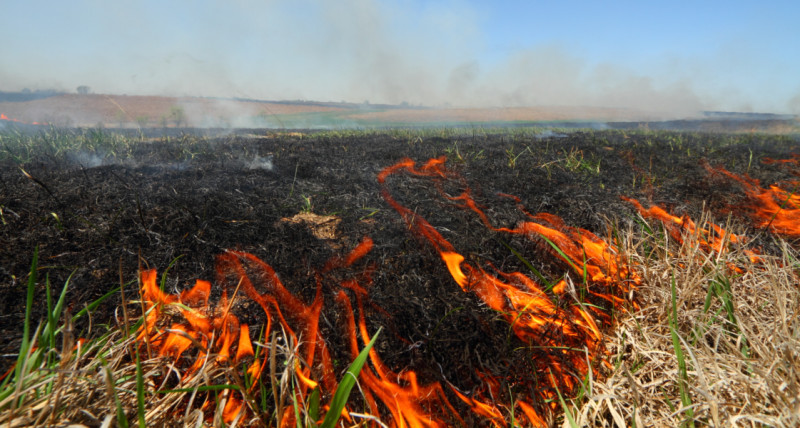Controlled Burning in Spring
Burning Fields in the Flint Hills
Each spring in the open grasslands of the Kansas Flint Hills, which stretch from northeastern Kansas south to Oklahoma, fires can be seen for miles. The flames reach up toward the sky as dry grass crinkles and cracks. It’s a fascinating sight! And, to many, it signals the official beginning of spring.
But these fires are not strictly for viewing pleasure. They help restore the health of the native grasses that are so important to Kansas. Without these prescribed burns, the prairie could lose its most precious resource.
Native Americans were the first to use prescribed fire, as it attracted buffalo to the new grass for easier hunting. Today, ranchers use controlled burns to draw cattle to the new growth for nourishment.
Annual pasture burning only occurs for a few days each year, typically in late March or April. Ranchers work hard to get it done in a timely fashion — ideally in just a few days. However, weather conditions dictate the length of the burning season.
Not every pasture is burned every year. Ranchers and landowners evaluate their pastures each spring to decide which areas would benefit from burning. They take into account any invasive plants and land they think will produce the best grass for livestock. Many times, neighbors will band together for their burns, which provides more hands to ensure a safe, controlled burn.
Benefits of Burning Pastures
For any cattle operation in the Flint Hills, burning is an invaluable and important tool. It has been proven to release nutrients into the ground, which helps revitalize the prairie. It’s also a proven method of brush and weed control. Forage quality and ecosystem health are both dependent on fire. Without fire, woodlands would take over the Flint Hills and the livestock industry would lose this important natural resource.
Spring burning is one of the most effective methods of controlling invasive species like the eastern red cedar. This tree is very destructive to the tallgrass prairie as it intercepts most of the rainfall that passes by, draws countless gallons of water annually from nearby streams and reduces soil fertility. In addition, this evergreen also destroys the regional habitat necessary for grassland birds to thrive.
Spring Burning Safety
As vital as fire is to preserving the Kansas Flint Hills, ranchers also recognize the importance of maintaining good air quality and safety during the burning season. In 2011, the Flint Hills Smoke Management Plan (SMP) was put in place to help balance the need for prescribed fire with the need for clean air in downwind communities. To find out more about SMP, visit www.ksfire.org.
Key elements of the SMP website are the forecast map and the smoke modeling tool. The map shows the potential smoke impact of burning in a certain area on urban air quality and is updated daily. The modeling tool allows ranchers to see where the smoke will go from a fire in their location. These tools help ranchers determine whether or not it’s a good day to burn, not only in their area, but also for those communities that may be downwind from the smoke.
Although spring burning is a part of the rich history of the Kansas Flint Hills, it’s not done just to maintain a tradition. It’s an important part of preserving the tallgrass ecosystem. That means good things for ranchers, cattle and wildlife.
So, if you find yourself traveling through the Flint Hills this spring and spot flames along the horizon, take a minute to enjoy the view of conservation in action.
Fun Facts About Prescribed Burns
- Controlled burns help manage weeds and other growth, which actually reduces the risk of wildfires.
- The spring burning season typically runs from early to mid-March through mid-April.
- Burned pastures produce a healthier, lush grass for livestock.
- Cattle grazed on burned grass gain more weight overall than cattle grazed on unburned pasture.




